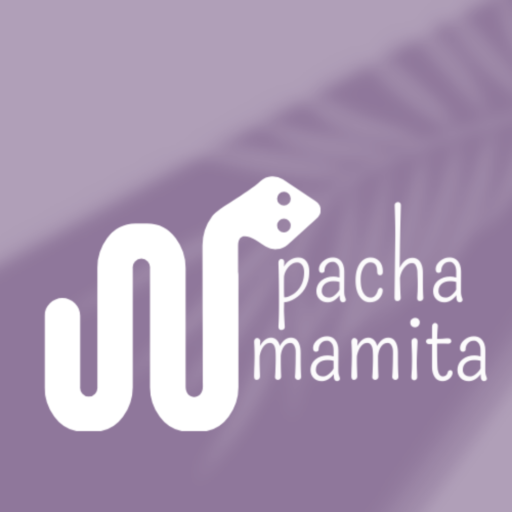Skin cancer is one of the most common types of cancer, yet it is the most preventable. Skin cancer prevention and sun safety are two very important issues that should not be overlooked. By following the suggestions below, it is possible to protect people's health while enjoying outdoor activities.
1 |
 |
Don't get sunburned Five or more sunburns significantly increase the risk of developing skin cancer. |
2 |
 |
Avoid sun, tanning and tanning beds UV light from tanning beds and the sun causes skin cancer and wrinkles. If you want to look like you've been in the sun, consider using a sunless self-tanning product, but still use sunscreen with it. |
3 |
 |
Apply sunscreen generously Generously apply sunscreen to all exposed skin with a Sun Protection Factor (SPF) of at least 15, which provides broad-spectrum protection from ultraviolet A (UVA) and ultraviolet B (UVB) rays. Reapply every two hours, even on cloudy days and after swimming or sweating. |
4 |
 |
Wear protective clothing If you are going to have long exposures to the sun, prefer protective clothing, such as a long-sleeved shirt, pants, a wide-brimmed hat and sunglasses, when possible. |
5 |
 |
Look for the shadow Seek shade when necessary. Remember that the sun's UV rays are strongest from 10 a.m. to 4 p.m. |
6 |
 |
Take precautions when using near water, snow and sand Open surfaces of water, snow and sand reflect the sun's rays and can increase the likelihood of sunburn. |
7 |
 |
Check the UV index The UV index provides important information to help you plan your outdoor activities in order to avoid excessive exposure to the sun. In Ecuador it is possible to know the UV index in real time (for the cities of Guayaquil, Quito, Cuenca and Playas) from this link . |
8 |
 |
From vitamin D safelyVitamin D can be supplied to our body from sources other than the sun. Some foods that contain it are dairy products, egg yolks, fatty fish such as tuna and salmon, and others through a diet that includes vitamin supplements and foods fortified with vitamin D.
Adapted for Ecuador from the website of EPA |
![]()
